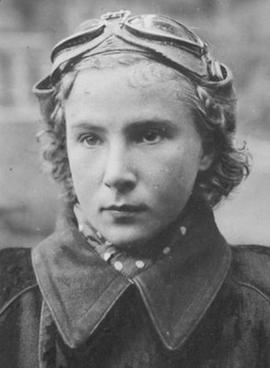- Sep 9, 2022
- 14,457
- 6,500
- 938
Now you can watch and listen to a woman Col. ret. discuss her fighting in Afghanistan and also Iraq.
Notice she was not very busy in Afghanistan since Bush turned that planning and fighting over to General Tommy Franks. Franks is the modern day General Patton. A wonderful General.
As to this Col. Sure she could wage war in fighter planes.
Notice she was not very busy in Afghanistan since Bush turned that planning and fighting over to General Tommy Franks. Franks is the modern day General Patton. A wonderful General.
As to this Col. Sure she could wage war in fighter planes.













